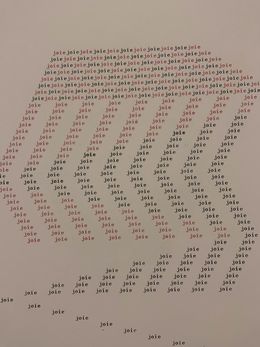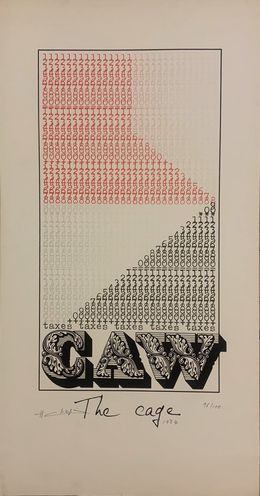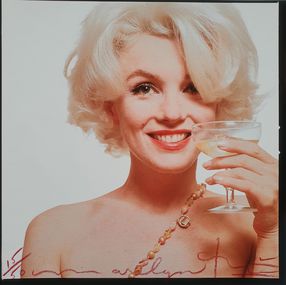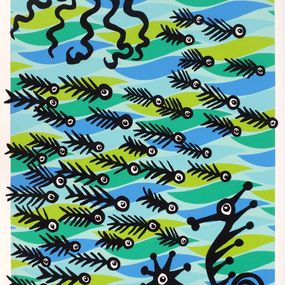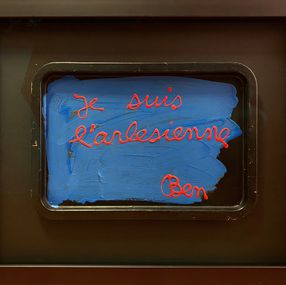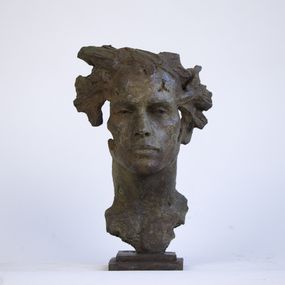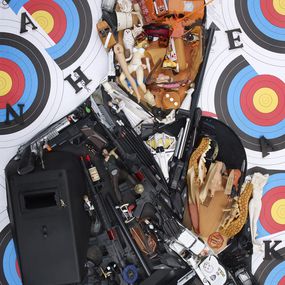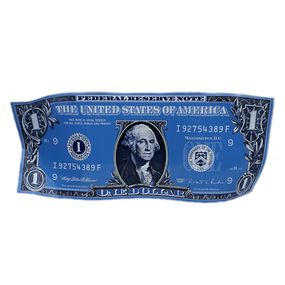

Biography
Visual artist, sound and visual poet, publisher, performer, director and promoter of independent artistic initiatives, Henri Chopin was an essential reference for several generations of artists.
Chopin enhances the physical value of sound through the performative use of the body and recording and transmission technologies. His interest in poetry and the first recordings on a portable tape recorder date back to the mid-1950s, where is already evident the attention to sound rather than texts. At this time he begins to experiment replacing spoken language with language and words with voice, to reach an infinite kaleidoscope of vocal sounds.
Influenced by his personal biographical experiences, mostly related to his deportation to Germany and the subsequent escape to Russia during the Second World War, Chopin develops, however, a poetics that draws from both visual and sound poetry and political reflections, in the defense of freedom and democracy.
With the “audiopoems" Chopin experiments with the possibilities of sound poetry through the manipulations and mixtures that technology allows, treating, on the tape, the phonic material that in Chopin is breath, echo, reverberation, voice and variation of speed. The execution method of these works involves a first recording on the tape recorder, in which only the breath is used, the subsequent listening of the track (from 10 to 20 times) and, finally, a second vocal recording The other declination of this research are the. “dactylopoems", a sort of typewritten score, a poetic interface, in which the visual component is mixed with phonetic textures.
Facing the audiopoems and typylopoems the observer is urged by the physicality of the sound, which becomes corporeal as well as the textual-visual part. It is, therefore, a double solicitation, sensorial and visual, to which the spectator is subjected, and even the 'non-sound' works should not therefore be considered as a different element, or as a residual, documentary element, but rather as a sort of engraving on a support different from the tape – the paper -, which allows to bind and mix the sounds to the text and the images.
These visual tables are filters through which obtain more acceptable visions of the world and of life; an anarchic vision of reality and of extremely personal history that supports an attachment to democracy, combined with a deep aversion to dictatorships in the name of freedom.





